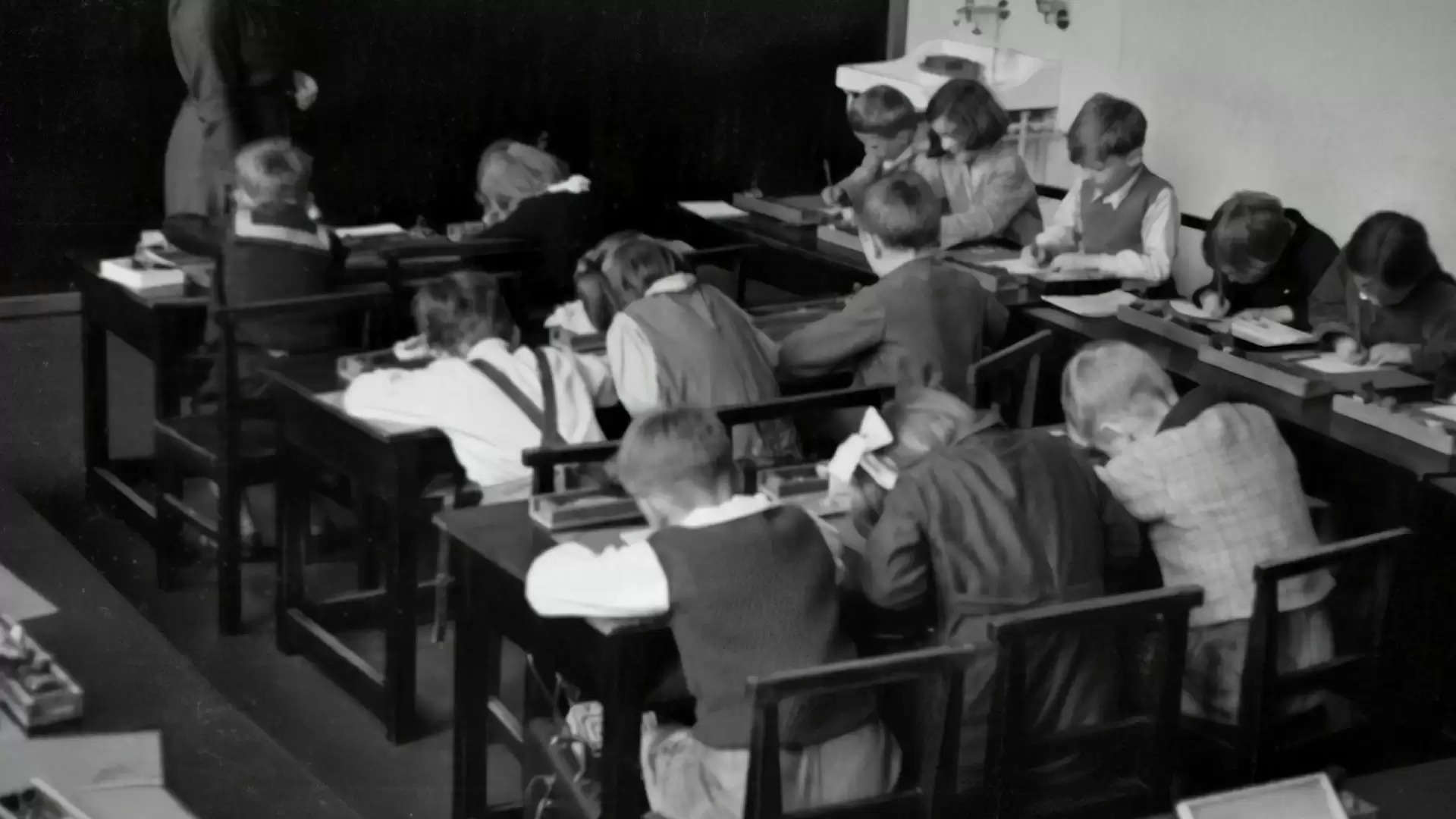EDITORIAL | Should you be sending your kids to school?

FROM THE EDITOR’S DESK:
India is witnessing an alarming spike in the number of COVID-19 cases. Though the situation is not as bad in the North East compared to the rest of the country, we have been rather complacent with adhering to COVID-19 protocols.
Many thought the start of the new year meant COVID lost its edge. And some thought that the vaccine had solved all of our problems. But just when it looked like things would somehow get better, the exact opposite happened.
Take educational institutions, for instance. At one point, the situation looked to be improving, and they announced that most schools and colleges would reopen for students.
But now, hardly a month since schools and colleges reopened their doors, the threat of another lockdown looms large as citizens face another uncertainty.
The United Nations International Children’s Emergency Fund (UNICEF) had earlier urged schools (whether open or helping students through remote learning) to provide students with holistic support.
According to UNICEF, schools should provide children with vital information on handwashing and other measures to protect themselves and their families.
But how much can school authorities run after the students, especially children?
In Shillong (Meghalaya), several positive cases were registered in educational institutions, in the past few days.
ALSO READ: Meghalaya Govt issues new COVID-19 guidelines
What's interesting is that both cases involved a teacher and an older student who understand the meaning of social distancing and preventive measures.
But what about younger students in kindergarten, class 1 or class 2?
Children are active, curious, social and love playing with others their age. They do not understand the COVID-19 protocols and things like social distancing.
It’s a slippery slope because the fact remains that it would be difficult to monitor children in school, irrespective of the preventive measures that school authorities take.
Kids will be kids. You can’t send a five-year-old to school and expect the child to stay away from the other children.
But with that being said, learning has come to an almost complete standstill. Not all parents have the time to monitor their child’s learning, and many don’t have the luxury of owning a smartphone or a reliable internet connection.
The situation is tough. For most parents out there, the choice is to either send the kids to school and risk them getting infected or let them stay home and miss out.
It is difficult because even with the presence of online learning, classroom learning has its perks as well. Classroom learning promotes collaborative learning, enhances critical thinking, improves social skills and keeps students stimulated.
Whatever happens though, one thing is sure, with the amount of time that has been lost, teachers have a tough task ahead of them for the next two to three years.

















